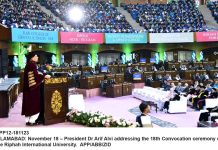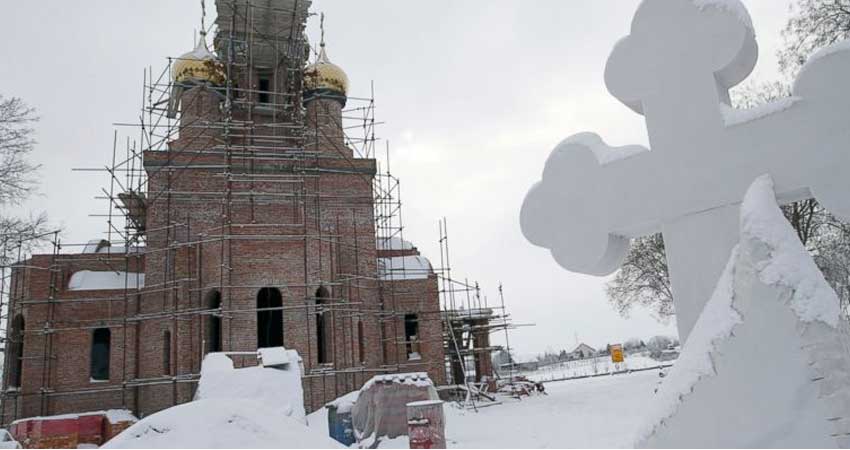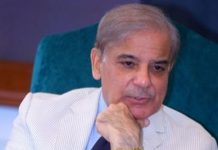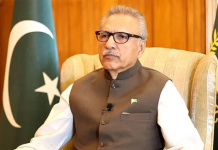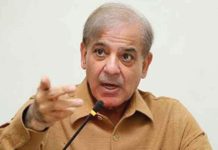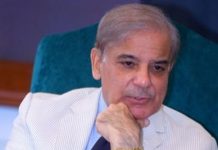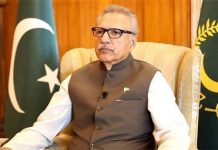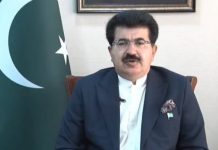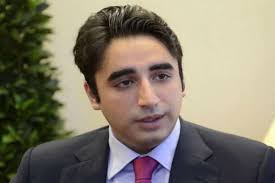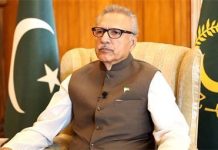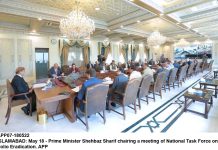Russian President Vladimir Putin already has a village, a wax figure, a plum brandy and several cafes named after him in Serbia. Now, he’s getting a church.
Topped with Russian-style green-and-gold onion-shaped domes, the church in this tiny village in northwestern Serbia is still under construction but it has already been dubbed “Putin’s church.”
Locals say the emerging structure is meant as a sign of admiration for Putin and the centuries-long brotherly ties between the two nations that share common Slavic roots and the Orthodox Christian religion. With Putin set to visit Serbia later this week, the residents of Banstol are eagerly awaiting word on whether he might come to see the church, as some local media have suggested.
“This church has acquired the unofficial name of Putin’s church because Putin is a symbol of a new, upright Russia, a Russia which Serbs have started to believe in once again,” said the local initiator of the project, Branko Simonovic.
Simonovic said the church is purposefully designed in the Russian style – traditional Serbian churches have different domes and towers – to show that Serbs “were always looking to Russia for backing, precisely because of religion.”
Historically close ties between Russia and Serbia have recently been visibly revived after Putin stepped up efforts to restore Moscow’s influence in the former communist countries of Eastern Europe. Russia’s interest in the region relates to its strategic position between East and West. Out of Serbia’s eight neighbors, five are NATO members; four are in the EU and two more are working toward accession. Serbia has turned out to be a faithful ally to Russia even as the country formally seeks membership in the European Union. Belgrade has refused to join Western sanctions against Russia over Ukraine and has promised it will stay out of NATO.
Published in Daily Times, January 15th 2019.

